Follow the money explore the country !!! Croatia travel the land from one end to the other PART 2

Welcome to the next episode of follow the money explore the country. We start our tour with the 20 Kuna bill which will take us to the eastern tip of Croatia to the region of Slavonia. The 20 Kuna bill has on its the obverse the likeness of the great Croatian national hero Josip Jelačić. On the reverse of the banknote in the background, you can see the Eltz manor in Vukovar in the front, the copper age sculpture known as the Vučedol dove, belonging to one of the advanced copper age cultures in Europe.
Ban Josip Jelačić
Let's talk first about the man on the obverse of the twenty Kuna bill, his full name is Josip Jelačić Bužimski. He was part of the Croatian nobility and held the title of count and Ban. The noble title Ban was in use in Croatia and other areas of southeast Europe from the 7th to the 20th century. The Ban reigned in the name of the king and early on was some sort of high vassal to the ruler. The title was not a herediatery. During the time of the Austro.Hungarian empire the position of Ban is similar to today's prime minister. Jelačić was born in 1801. in Petrovaradin in today's Syrmia, Serbia and died in 1859. in Zagreb, today capital of Croatia. Among others, he was a poet, writer, politician, highly decorated military man and a philanthropist.
The man is a national hero in Croatia and a statue of him on his horse Emir is standing on the main square in the capital Zagreb. Croatia at that time, in the 19th century, was part of the Austro- Hungarian empire. As part of the nobility in the empire, he at a young age was sent to Theresianum boarding school in Vienna. An elite school for the young and noble from all around the empire. As he finished school he started his military service in the third cavalry regiment as sublieutenant stationed in Galicia, Ukraine. Throughout the years he served all over the empire, but mostly in Croatia.
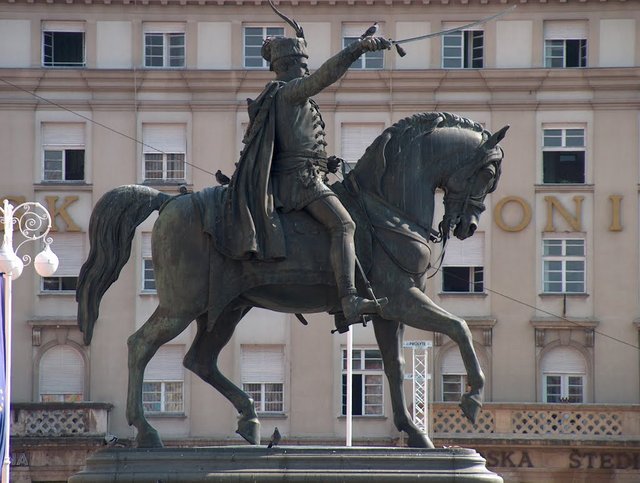
As a Croatian military officer schooled in Austria he was not only fluent in german but also in french, hungarian, italian and latin. In 1848. king Ferdinand I. appoints Jelačić as the Ban of Croatia, Slavonia, and Dalmatia and the secret advisory to the king also was promoted to General Major and later on to Vice Marshal. The same year he repeals serfdom which made him adored by the people. Serfdom was especially tough for peasants who had to work the land of the lord, mostly for free.
Jelačić, as he became Ban, was liked by the Croation people. He amongst other things was a patriot and dreamed of making Croatia a sovereign state in the empire. He as the Ban introduced Croatian as the official language in the Croatian Sabor or Croatian Parliment and a number of other laws and legislations. As you can imagine this was not accepted well by the Austrian crown and the Hungarian state. He was one of the military commanders who destroyed the Hungarian revolution in various battles, the uprising in Hungary brought even more centralization to the empire. After the revolution, he remained in the position of Ban in the capital Zagreb but things have changed he did not continue the fight for a Croatian independent state and went on to defend the centralization of the empire in favor for the king.
Josip Jelačić died in Zagreb 1859. after a long illness and was buried in Zaprešić.
Eltz manor the Vučedol Dove and The city of Vukovar
Vukovar is an important city in Slavonia, the far eastern tip of Croatia it is located on the Danube river on the border with Serbia. The city is the capital of Vukuvar-srijem county and one of the largest harbors on the Danube river. The settlement can be dated back to the 13th century. Vukovar today is a topic for another post, The city went through a lot during the war in the 90s.
The manor belonged to the noble family Eltz which hail from Germany. It was built by Anzelmo Kazimir Eltz in 1749. The land, the manor was built on, was bought by Philip Karl Eltz. Not only was he the Archbishop of Mainz and the German Archchancellor but also Prince Elector of the Holy Roman Empire on of the most influential people in Europe. The manor was rebuilt and enlarged over the centuries. The finishing touches were given in the 20th century. From 1968. the manor is the Vukovar cit museum. The Eltz family resided in the manor until WWII when the Yugoslav communist regime exiled the family. During the war for independence, the manor was bombed and destroyed completely. It was rebuilt from 2008. - 2011. with financial help from the Council of Europe Development Bank and the Croatian Government.
The Vučedola dove is a ceramic vessel of the Vučedol copper age culture, dating back to 3500 BC. The culture was named after the archaeological site Vučedol just 5 km down the Danube river from Vukovar. This site is one of the largest and most excavated sites of this culture. From here they probably spread through the Panonian basin into Serbia, Bosnia, and Hecegovina, Macedonia, Hungary and Romania. This culture evolved from the first waves of Indoeuropean settlers who came from the east to southeastern Europe through the Russian steps. Vučedol was one of the most advanced cultures primarily because of highly developed metallurgy technology, religion, and social organization a large number of hordes with copper axes were found close to Vučedol and around other sites of this culture all over Croatia.
Apart from metallurgy artistic expression in ceramics is also a characteristic of this Culture. Among them, is even a ceramic vessel symbolizing an early form of the calendar. One of the most known is the Vučedol dove a symbol of fertility. More accurate the dove would be a partridge, the female birds fake a limb when their nest is under attack. Another theory is the link between the limb of the partridge bird and copper smiths of Vučedol. During that time copper smiths used ore with impurities, manly arsenic, over the year due to inhaling vapors all of them would develop a similar limb like the bird
Theories about Vučedol are neverending and every day you hear new ones if you are in this field of science. But for sure Vučedol is one of Europe's most interesting copper age cultures by some even called Troy of the Danube.
Stay tuned for Part 3 where we continue through Slavonia and the city of Osijek.
Please if you have any questions or tips let me know in the comments below.
Check out the introduction post PART 1
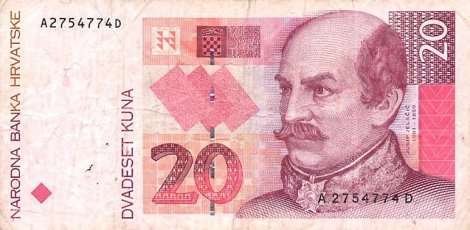
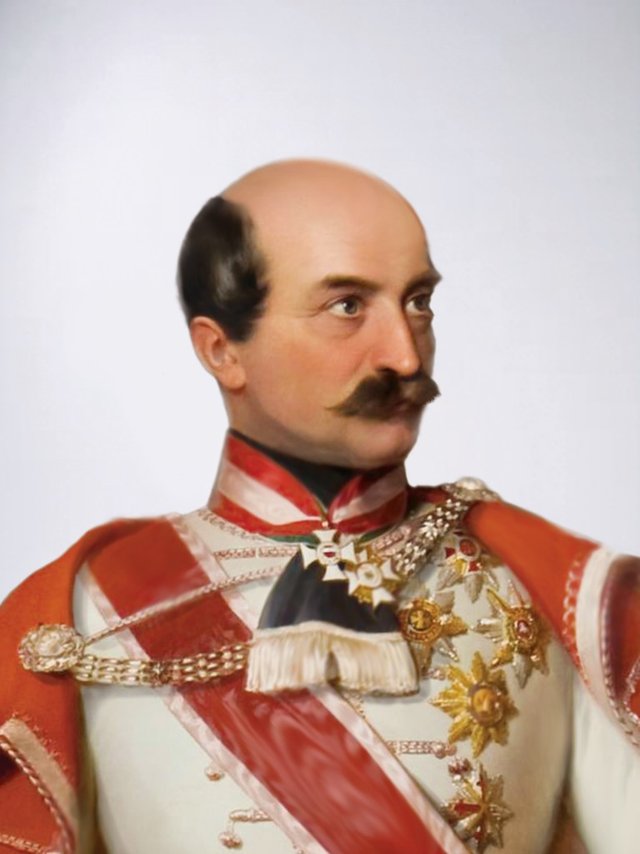
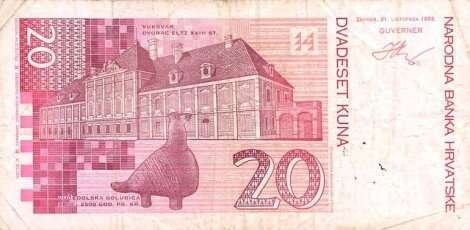
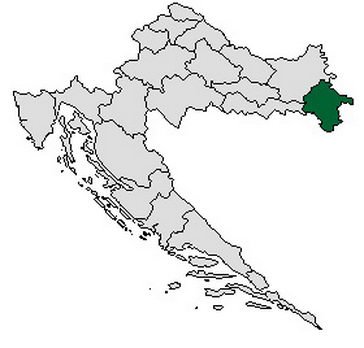
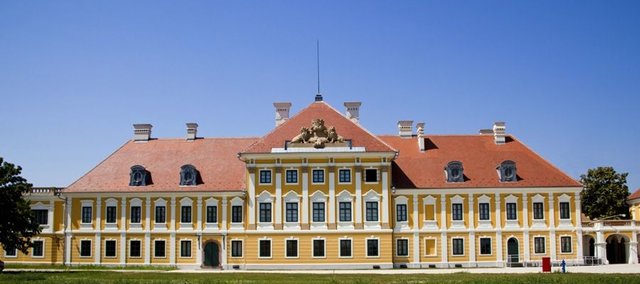
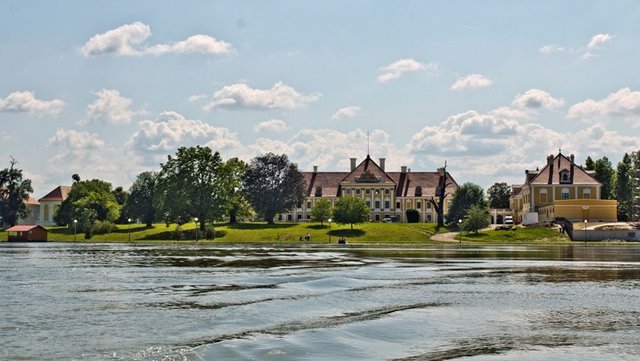
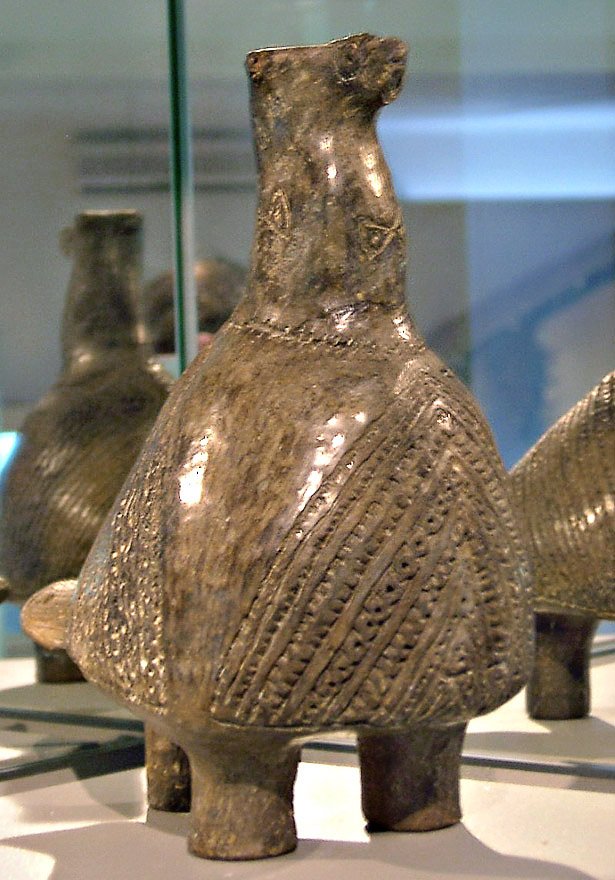

Cool. Realy interesting informations :D
Thank you, maybe it will catch the eye of a few more people :-)
Congratulations, Your Post Has Been Added To The Steemit Worldmap!
Author link: http://steemitworldmap.com?author=zija2022
Post link: http://steemitworldmap.com?post=follow-the-money-explore-the-country-croatia-travel-the-land-from-one-end-to-the-other-part-2
Want to have your post on the map too?